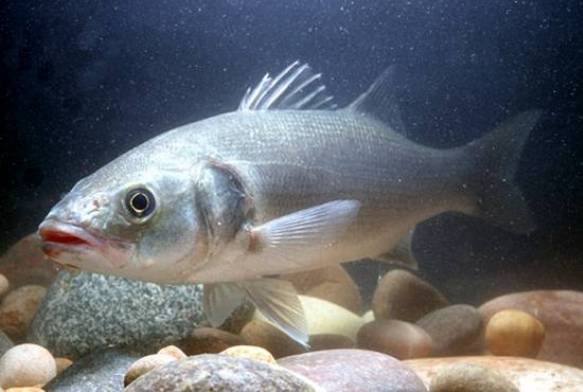We find that ecological communities are not random assemblages of species but rather consist of sub-groups of species associated with different habitats and in which the relative abundance of taxa of different body size varies predictably as a result of selection.
How selection structures species abundance distributions A. E. Magurran and P. A. Henderson Proc. R. Soc. B 2012 279, 3722-3726

How do species divide resources to produce the characteristic species abundance distributions seen in nature? One way to resolve this problem is to examine how the biomass (or capacity) of the spatial guilds that combine to produce an abundance distribution is allocated among species. Here we argue that selection on body size varies across guilds occupying spatially distinct habitats. Using an exception- ally well-characterized estuarine fish community, we show that biomass is concentrated in large bodied species in guilds where habitat structure provides protection from predators, but not in those guilds associated with open habitats and where safety in numbers is a mechanism for reducing predation risk. We further demonstrate that while there is temporal turnover in the abundances and identities of species that comprise these guilds, guild rank order is conserved across our 30-year time series. These results demonstrate that ecological communities are not randomly assembled but can be decomposed into guilds where capacity is predictably allocated among species.